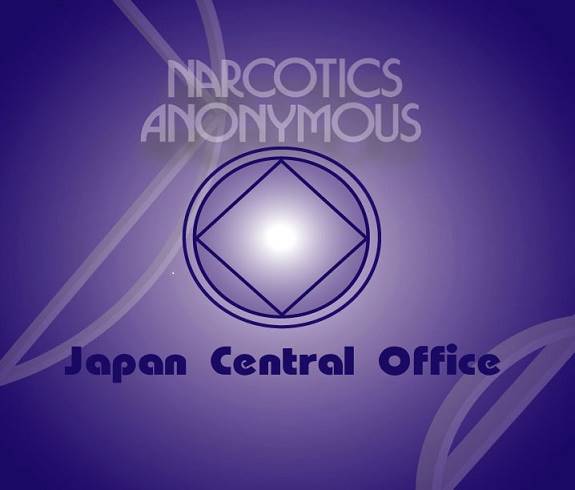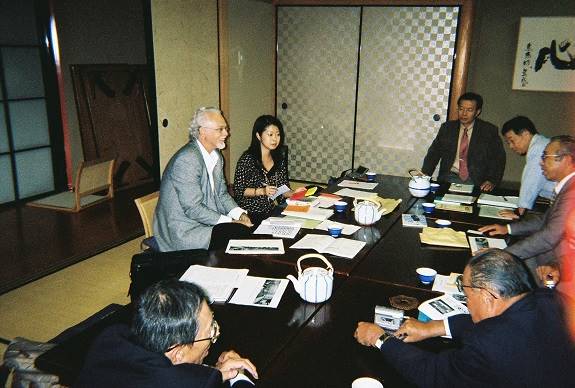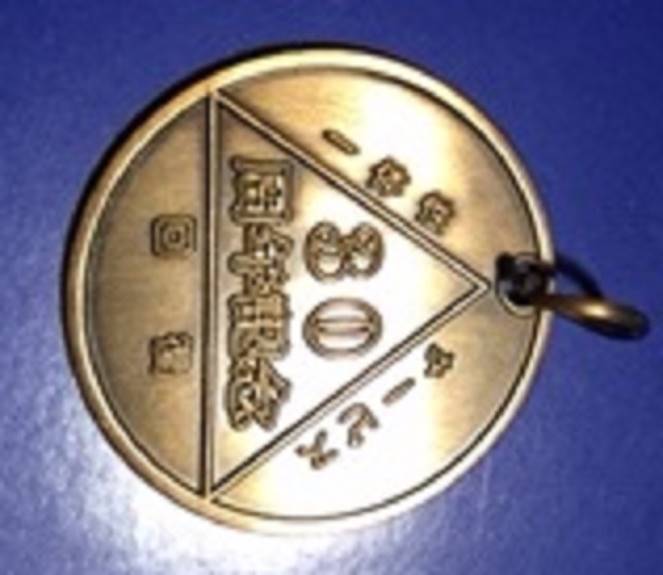 Multiple pathways and styles of addiction recovery are evident in the worldwide growth of secular, spiritual, and religious recovery mutual aid organizations as well as in the growing recognition of people achieving recovery outside of the frameworks of professional treatment and peer recovery support communities. Four U.S.-based organizations--Alcoholics Anonymous (181 countries), Narcotics Anonymous (132 countries), Celebrate Recovery (25 countries), and SMART Recovery (14 countries)--have exerted significant influence on the rise of recovery mutual aid as an international phenomenon. Such groups exist alongside culturally indigenous recovery mutual aid organizations. The latter have a long international history, dating from early temperance groups such as the Blue Cross (Switzerland, 1877), the Kreuzbund (Germany, 1885), and the Croix d'Or (Gold Cross, France, 1910) and extending through the Zukunft--Abstinence Union (Austria, 1926), Swedish Links (1945), Vie Libre (Free Life Movement, 1953), the Polish Abstainers Club (1960), the Pui Hong Self-Help Association (China, 1967), and Alcoholic Treatment Clubs (Italy, 1979).
Multiple pathways and styles of addiction recovery are evident in the worldwide growth of secular, spiritual, and religious recovery mutual aid organizations as well as in the growing recognition of people achieving recovery outside of the frameworks of professional treatment and peer recovery support communities. Four U.S.-based organizations--Alcoholics Anonymous (181 countries), Narcotics Anonymous (132 countries), Celebrate Recovery (25 countries), and SMART Recovery (14 countries)--have exerted significant influence on the rise of recovery mutual aid as an international phenomenon. Such groups exist alongside culturally indigenous recovery mutual aid organizations. The latter have a long international history, dating from early temperance groups such as the Blue Cross (Switzerland, 1877), the Kreuzbund (Germany, 1885), and the Croix d'Or (Gold Cross, France, 1910) and extending through the Zukunft--Abstinence Union (Austria, 1926), Swedish Links (1945), Vie Libre (Free Life Movement, 1953), the Polish Abstainers Club (1960), the Pui Hong Self-Help Association (China, 1967), and Alcoholic Treatment Clubs (Italy, 1979).
? Japan has a decades-long history of recovery mutual aid spanning Danshutomonokai (Sobriety Friendship Association, 1953), the Danshukai movement (All Nippon Abstinence Association, 1963), Japanese AA (1975), Japanese NA (1975), and the more recent advent of Celebrate Recovery meetings in Japan. I was invited in 2007 to deliver a series of lectures in Japan that afforded me the opportunity to visit various hospitals, treatment centers, and recovery support groups in Tokyo, Kyoto, and Osaka. (It is hard not to gush for paragraphs over the extreme warmth of Japanese hospitality, so let me stay focused here!) I was struck by the vibrancy of AA and NA meetings in Japan, but I was equally enamored meeting some of the leaders of the Danshukai movement (photo). At the time of my visit, there were more than 45,000 Danshukai members in Japan.
Japan has a decades-long history of recovery mutual aid spanning Danshutomonokai (Sobriety Friendship Association, 1953), the Danshukai movement (All Nippon Abstinence Association, 1963), Japanese AA (1975), Japanese NA (1975), and the more recent advent of Celebrate Recovery meetings in Japan. I was invited in 2007 to deliver a series of lectures in Japan that afforded me the opportunity to visit various hospitals, treatment centers, and recovery support groups in Tokyo, Kyoto, and Osaka. (It is hard not to gush for paragraphs over the extreme warmth of Japanese hospitality, so let me stay focused here!) I was struck by the vibrancy of AA and NA meetings in Japan, but I was equally enamored meeting some of the leaders of the Danshukai movement (photo). At the time of my visit, there were more than 45,000 Danshukai members in Japan.
The Danshukai meeting I attended in Kyoto drew deeply from Japanese culture and Zen Buddhism in forging a viable alcoholism recovery framework. Danshukai contains elements that parallel AA--such as an emphasis on ego-deflation, a process of amends, and service work, but there are quite notable differences. The most casual observer of a Danshukai meeting would note the presence of family members, the use of abstinence vows, offering of prayers for those who have passed, and quite visible Buddhist symbols. The meetings are also much more structured than AA meetings with everyone signing in upon their entry to the meeting and then being called on to speak by one of the meeting co-leaders. There is also no counterpart to AA anonymity as Danshukai members use their full names, and many wear pins on their clothing signaling their Danshukai membership.
 English speaking AA meetings were held in Japan following the Second World War, but the first Japanese AA meetings did not begin until 1975. At the time of my visit to the Japan AA General Service Office in 2007, there were 480 AA meetings and 5,000 members in Japan. AA has required special adaptations to Japanese culture. Because Danshukai had established itself as a couples-oriented program, AA carved out a niche in many communities as a recovery sanctuary for those without such family ties. Due to the Shinto and Buddhist influence in Japan, Japanese understanding of the AA Steps are very different than in a predominately Christian context such as the United States. There are also variations some subtle and some dramatic--in meeting rituals, sponsorship, and interpretation and degrees of adherence with AA traditions.
English speaking AA meetings were held in Japan following the Second World War, but the first Japanese AA meetings did not begin until 1975. At the time of my visit to the Japan AA General Service Office in 2007, there were 480 AA meetings and 5,000 members in Japan. AA has required special adaptations to Japanese culture. Because Danshukai had established itself as a couples-oriented program, AA carved out a niche in many communities as a recovery sanctuary for those without such family ties. Due to the Shinto and Buddhist influence in Japan, Japanese understanding of the AA Steps are very different than in a predominately Christian context such as the United States. There are also variations some subtle and some dramatic--in meeting rituals, sponsorship, and interpretation and degrees of adherence with AA traditions.
I was left with one overwhelming conclusion as I witnessed all the cultural permutations of recovery support in Japan: when men and women who are suffering from addiction reach out to one for mutual support, RECOVERY WILL FIND A WAY.
Of Potential Interest
Henhall, R., & Oka, T. (2005). An initial view of self-help groups for Japanese alcoholics: Danshukai in its historical, social, and cultural contexts. International Journal of Self Help and Self Care, 5(2), 111-152.
Oka, T. (2011). TheNew Lifemodel of Japanese self-help for alcoholics. Sophia University Studies in Social Services, 35, 16-35. Accessed May 2, 2016 at http://pweb.sophia.ac.jp/oka/papers/2011/newlifemodel.pdf
Oka, T. & Chenhall, R. (2010). Three developmental models of self-help groups for alcoholics: The Western "recovery" model, the Japaneseripening? model, and the Aboriginaldecolonizing? models. Presented at the 39th annual meetings of the Society for Cross-Cultural Research, February 17-20, 2010, Albuquerque, New Mexico. Accessed May 2, 2016 at http://pweb.sophia.ac.jp/oka/papers/2010/okachenhall2010cc.pdf
Oka, T. & Chenhall, R. (ND). Spirituality and Japanese self-help groups for alcoholics: Zen Buddhism for abstinence. Accessed May 2, 2016 at https://www.researchgate.net/publication/332311191_Spirituality_and_Japanese_Self-Help_Groups_for_Alcoholics_Zen_Buddhism_for_Abstinence
Suwaki, H. (1979). Naikan and Danshukai for the treatment of Japanese alcoholic patients. British Jounral of Addiction to Alcohol and Other Drugs, 74(1), 15-9.
Takahashi, S., Horii1, S., Fujimoto, A., Suwaki, H., & Nishii, Y. (1981). A survey of Danshukai members in Okayama Prefecture. Okayama Igakkai Zasshi (Journal of
White, W. (2004). Addiction recovery mutual aid groups: An enduring international phenomenon. Addiction, 99,532-538.